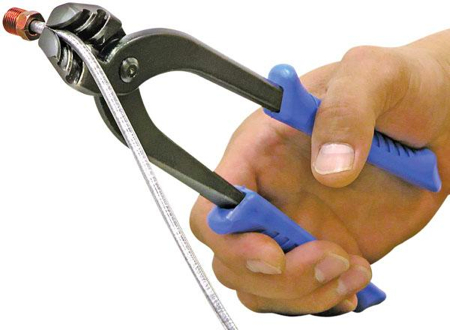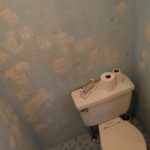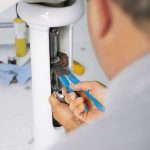The brake system is one of the most important parts of an automobile. Without it, a vehicle just cannot function normally. Every six months, it is good to check the hoses and lines for any kind of damage. Some of the most common problems affecting this part are the chafing, cracking and hardening of hoses. To be able to fix these problems, it is very important to learn how to repair brake lines.
Steps
While removing the lines, the loss of fluid is very possible. In order to prevent this from happening, it is good to siphon the liquid out of the master cylinder with an unused turkey baster or siphoning tool. Another way of preventing this is to take off the reservoir cap and use cellophane to seal the opening. By doing this, air is prevented from getting in. Although this may not completely stop the loss of fluid, it can somehow reduce the amount of liquid to be wasted. While still attached, it is also good to clamp the hoses. For this, you need brake hose clamps or self-locking pliers to keep them closer to the pipe.
At the ends of the hoses, wipe the dirt off to prevent any debris from entering the hoses during the removal process. Two union nuts are commonly used to connect the brake lines to the hoses. Use a wrench to hold the nut at the end of the hose and then use another wrench to turn the other nut at the end of the pipe. You can prevent the stripping at the corners of the nuts by using flare nut wrenches. In case you are about to replace the pipes, it is no longer necessary to perform this step. After loosening all the nuts, you can remove the pipe by pulling out the clips that are connecting it to the fittings.
In case you need to replace a hose, simply remove the banjo bolt that connects it to the caliper found at the other end of the hose. The same old bolt is to be used to connect the replacement hose. Never forget to replace the sealing washers.
In case the brake pipe line is to changed, purchase prefabricated steel pipes from any local auto parts store nearby. Put the new pipe in place and then attach it to the retaining clips. After that, tighten up the nuts. Be sure that the hoses are not kinked or twisted. Likewise, be sure that the hoses and pipes are out of the way of any heated or moving part.



